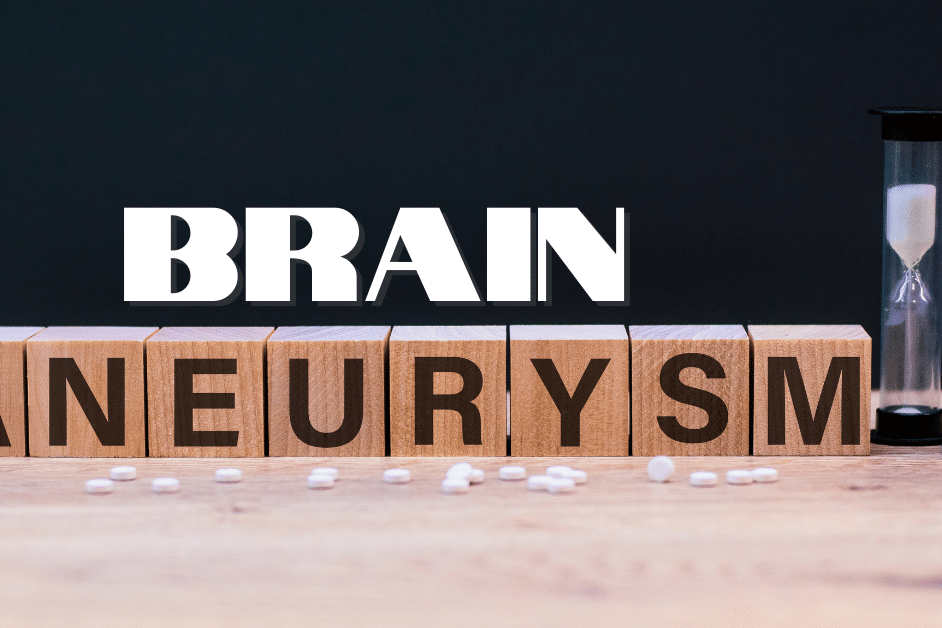Epilepsy is a common neurological condition affecting millions worldwide, with over 10 million individuals grappling with its complexities. Despite its prevalence, significant confusion surrounds the different forms of epilepsy and Types of Seizures experiences of those living with seizures. In this comprehensive blog, we aim to unravel the mysteries of epilepsy by discussing its various types of seizures and offering insights into what it feels like to experience a seizure. Join us on a journey to understand epilepsy better and appreciate the critical role of emotional support.
Table of Contents
ToggleTypes of Seizures
Epilepsy presents itself in several forms, each possessing its unique characteristics. We primarily categorize these forms into two:
Generalized Seizures: This category encompasses types of seizures involving both sides of the brain. Individuals with generalized epilepsy often endure loss of consciousness, muscle stiffness, or uncontrollable movements. Some common types of generalized epilepsy include:
- Tonic-Clonic Seizures: These types of seizures are perhaps the most recognized. They involve sudden muscle stiffening (tonic phase) followed by jerking movements (clonic phase), often resulting in a loss of consciousness.
- Absence Seizures: These types of seizures episodes are brief periods of staring into space, sometimes mistaken for daydreaming. Individuals experiencing an absence seizure may not remember the episode. These are more frequently observed in children.
Myoclonic Seizures: These types of seizures trigger sudden, violent, and jerky muscle contractions. They are usually brief and can affect various parts of the body.
Focal (Partial) Epilepsy: When a types of seizures affects only a small part of the brain, referred to as a focus, it is called a focal seizure. Symptoms can vary depending on the specific brain region affected:
- Simple Partial Seizures: These types of seizures may involve altered emotions such as anxiety or depression and unusual sensations like tingling, numbness, sweating, or twitching in specific body parts. Importantly, individuals remain conscious during partial seizures, though they may not recall the episode afterward.
- Complex Partial Seizures: In these types of seizures episodes, seizure activity spreads from one focus to a larger part of the brain, leading to altered consciousness and repetitive, uncontrolled behaviors. Individuals may have no memory of the episode following a complex partial seizure.
What Does a Seizure Feel Like?
Understanding the seizure experience is essential, as it helps us offer support and empathy to those living with epilepsy. It’s important to recognize that the nature of a seizure can vary from person to person. However, here are some general insights into what individuals with epilepsy may feel.
Confusion and Fear: Many people with epilepsy report feeling confused, frightened, or disoriented during a seizure. The unpredictability of seizures and uncertainty about how others will react can create anxiety. Seizures often involve a loss of control over one’s body, which can lead to injuries if precautions aren’t taken. Therefore, laying the person down in a safe and comfortable environment during a seizure is crucial.
Memory Gaps: After some seizures, individuals may experience gaps in their memory. They might not remember what happened during the seizure or the moments leading up to it.
Physical Symptoms: Depending on the type of seizure, the physical symptoms can vary. They may include muscle stiffness, jerking movements, or unusual sensations as part of the experience.
Emotional Toll: Living with epilepsy can take an emotional toll. The unpredictability of seizures and potential stigma from others can lead to feelings of anxiety, depression, or isolation. It’s important to provide emotional support during these challenging times.
Aura or Warning Signs: Some individuals with epilepsy experience a warning sign or aura before a seizure. These auras can take various forms, from visual disturbances to strange smells or tastes. Auras provide a brief opportunity to prepare for a seizure or seek help.
Recovery Period: Individuals often require some time to recover after a seizure. They may feel tired, confused, or experience a headache. Offering emotional support during this post-seizure period is essential.
Support and Awareness
Epilepsy is not just a neurological condition; it is a disease that carries social and psychological dimensions. Unfortunately, patients with epilepsy are often subjected to discrimination and are sometimes considered outcasts. It can create a hostile environment for them in the workplace and at home.
Promoting awareness is crucial to eliminate the social stigma associated with epilepsy and to ensure that patients are treated with the dignity and respect they deserve. People living with epilepsy can lead productive, fulfilling lives just like anyone else.
Numerous organizations are dedicated to supporting individuals with epilepsy, providing valuable resources and assistance. Additionally, local support groups offer a sense of community and a safe space for sharing experiences.
In summary, epilepsy is a complex condition that extends beyond the physical manifestations of seizures. Support and awareness are fundamental in improving the lives of individuals living with epilepsy and in creating a more inclusive and understanding society.
About The Author

This article is medically reviewed by Dr. Chandril Chugh, Board-Certified Neurologist, providing expert insights and reliable health information.
Dr. Chandril Chugh is a U.S.-trained neurologist with over a decade of experience. Known for his compassionate care, he specializes in treating neurological conditions such as migraines, epilepsy, and Parkinson’s disease. Dr. Chugh is highly regarded for his patient-centered approach and dedication to providing personalized care.
→ Book a consultation to discover which remedies suit your needs best.






